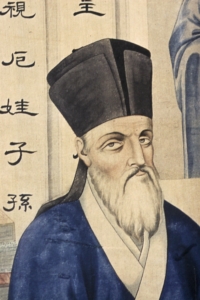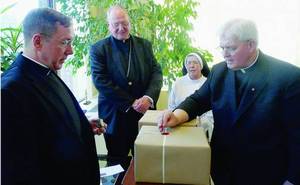The events of March we have missed yet another fruit of America’s holiness when the revered founder of Boys Town, Father Edward Flanagan’s cause for canonization was opened in Omaha, NE, and declared a Servant of God.
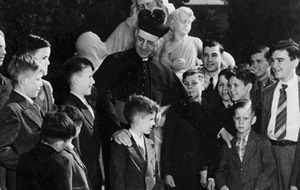 Servant of God Father Edward Flanagan (1886-1948) was a native of County Roscommon, Ireland, on July 13, 1886 he was born the 8th of 11 children of John and Nora Flanagan. In 1904, he came to the United States. Flanagan first studied for the priesthood at Dunwoodie Seminary with the intention of being a priest of the Archdiocese of New York; illness prevented his further studies and he eventually moved with his family to Omaha. There he was accepted as a seminarian and sent to Rome’s Capranica College, with classes at the Gregorian University but finished his studies in Innsbruck’s Royal Imperial Leopold Francis University. Flanagan’s ordination to the priesthood happened on July 26, 1912 and he offered his first Mass in St. Ignatius Church, Innsbruck, Austria. He was a priest for the Diocese of Omaha. Father Flanagan was assigned Saint Patrick’s Church, O’Neill, NE. In March 1913, he was appointed Assistant Pastor to Saint Patrick Catholic Church in Omaha. His natural qualities of generosity to the poor and marginalized and prayer were made manifest.
Servant of God Father Edward Flanagan (1886-1948) was a native of County Roscommon, Ireland, on July 13, 1886 he was born the 8th of 11 children of John and Nora Flanagan. In 1904, he came to the United States. Flanagan first studied for the priesthood at Dunwoodie Seminary with the intention of being a priest of the Archdiocese of New York; illness prevented his further studies and he eventually moved with his family to Omaha. There he was accepted as a seminarian and sent to Rome’s Capranica College, with classes at the Gregorian University but finished his studies in Innsbruck’s Royal Imperial Leopold Francis University. Flanagan’s ordination to the priesthood happened on July 26, 1912 and he offered his first Mass in St. Ignatius Church, Innsbruck, Austria. He was a priest for the Diocese of Omaha. Father Flanagan was assigned Saint Patrick’s Church, O’Neill, NE. In March 1913, he was appointed Assistant Pastor to Saint Patrick Catholic Church in Omaha. His natural qualities of generosity to the poor and marginalized and prayer were made manifest.
With the permission of Bishop Jeremiah Harty, on December 12, 1917, Father Flanagan opened his first Boys’ Home in a run-down Victorian mansion in downtown Omaha. In his lifetime Father Flanagan helped more than 6,000 boys. During a tour of Europe, he fell ill and died of a heart attack in Berlin, Germany, on May 15, 1948. At the request of the Father Flanagan League Society of Devotion (FFLSD), Archbishop George Lucas, of the Archdiocese of Omaha has accepted responsibility for the beatification process. On March 17, 2012, Lucas formally opened the cause of canonization at a service of prayer at Immaculate Conception Church (Boys Town), bestowing the title of “Servant of God” upon Father Flanagan. Dr. Andrei Ambrosi is the Postulator for the cause.
More information may be read here.
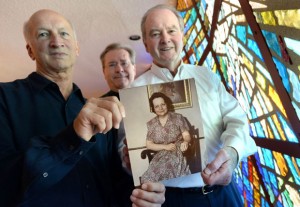 The cause for sainthood has been opened for Cora Evans, a Catholic convert from Mormonism and since March 2012 bears the title of Servant of God. Cora Evans died in 1957. Cora Evans is unknown to most of the Catholics in the USA but is recalled as holy, humble housewife.
The cause for sainthood has been opened for Cora Evans, a Catholic convert from Mormonism and since March 2012 bears the title of Servant of God. Cora Evans died in 1957. Cora Evans is unknown to most of the Catholics in the USA but is recalled as holy, humble housewife.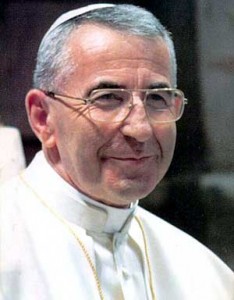
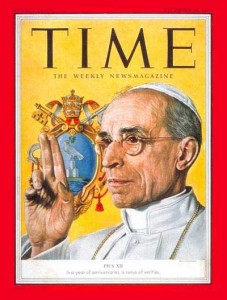


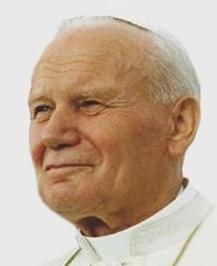

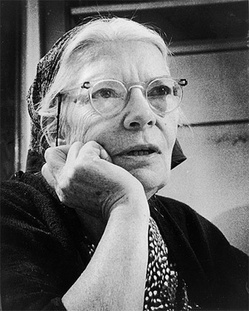
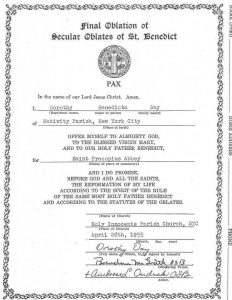 Oblation as a lay woman she was first connected with the Benedictine monks of Portsmouth Abbey before she settled her Oblation to St Procopius Abbey (outside Chicago). However, there is a difference of opinion on where Day’s Oblation was first offered, Portsmouth or Procopius. The historians have done some fact checking, so the matter is closed.
Oblation as a lay woman she was first connected with the Benedictine monks of Portsmouth Abbey before she settled her Oblation to St Procopius Abbey (outside Chicago). However, there is a difference of opinion on where Day’s Oblation was first offered, Portsmouth or Procopius. The historians have done some fact checking, so the matter is closed.

